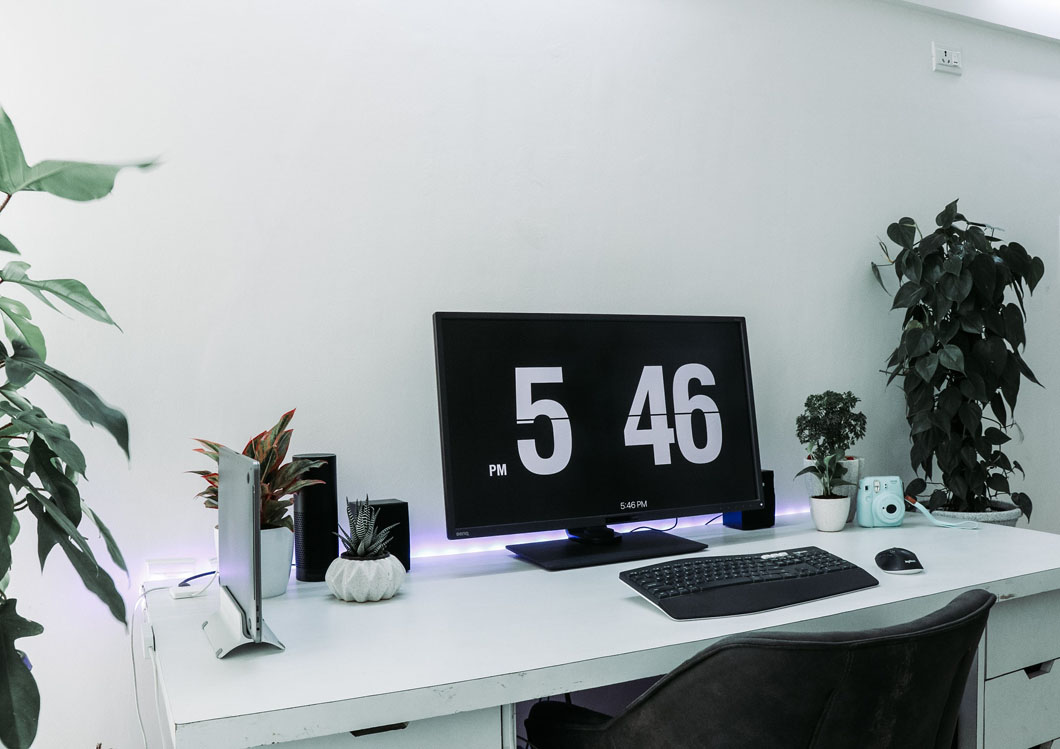Minimalist design plays a crucial role in creating a clean and visually appealing website for startups. Here are the key aspects and benefits of minimalist design:
1. Simplicity and Clarity:
- Minimalist design focuses on simplicity and clarity. By stripping away unnecessary elements, a website communicates its message more clearly. This is especially important for startups looking to convey their value proposition and key messages without overwhelming visitors.
2. Improved User Experience:
- Minimalist design contributes to a positive user experience. With fewer distractions and a clean layout, visitors can easily navigate the website, find information, and engage with the content. This simplicity enhances usability and encourages users to stay longer on the site.
3. Faster Loading Times:
- Minimalist designs often result in faster loading times. By reducing the number of elements, such as large images and complex graphics, the website loads more quickly. This is essential for retaining users' attention and providing a seamless browsing experience.
4. Focus on Essential Elements:
- Minimalist design allows startups to prioritize and showcase essential elements. This could include key products or services, a compelling call-to-action, or unique selling points. By focusing on what truly matters, startups can guide visitors toward their primary goals.
5. Enhanced Branding:
- A clean and minimalist design provides a strong foundation for branding. It allows startups to establish a cohesive visual identity, including consistent use of colors, typography, and logos. This visual consistency builds brand recognition and trust.
6. Mobile Responsiveness:
- Minimalist design often aligns well with mobile responsiveness. The simplicity of the design lends itself to adapting seamlessly to various screen sizes, ensuring a consistent and visually pleasing experience across devices.
7. Increased Readability:
- Clear typography and ample white space in minimalist designs contribute to increased readability. Visitors can easily read and digest content without being overwhelmed by excessive visuals. This is particularly important for conveying information effectively.
8. Focus on Content:
- Minimalist design shifts the focus to content. Whether it's written content, images, or multimedia, a clean design ensures that content is showcased prominently. This is beneficial for startups aiming to convey their story, value, and offerings.
9. Timeless Aesthetic:
- Minimalist design often has a timeless and enduring aesthetic. Trends may come and go, but a clean and simple design tends to age well. This is advantageous for startups looking to create a lasting and professional online presence.
10. Differentiation in a Crowded Market: - In a crowded digital landscape, a minimalist design can help a startup stand out. By avoiding visual clutter and presenting a distinctive visual identity, a minimalist website can capture attention and create a memorable impression.
11. Easy Maintenance and Updates: - Minimalist designs are generally easier to maintain and update. With fewer elements to manage, startups can make changes or add new content more efficiently, ensuring that the website remains current and relevant.
12. Accessibility: - Minimalist design often aligns with principles of accessibility. Clear navigation, easy-to-read text, and a focus on user experience contribute to a website that is accessible to a wider audience, including individuals with diverse abilities.
In summary, minimalist design serves as a foundational principle for startups aiming to create a clean, visually appealing, and effective website. It fosters a positive user experience, highlights essential elements, and contributes to a strong and memorable brand presence.
